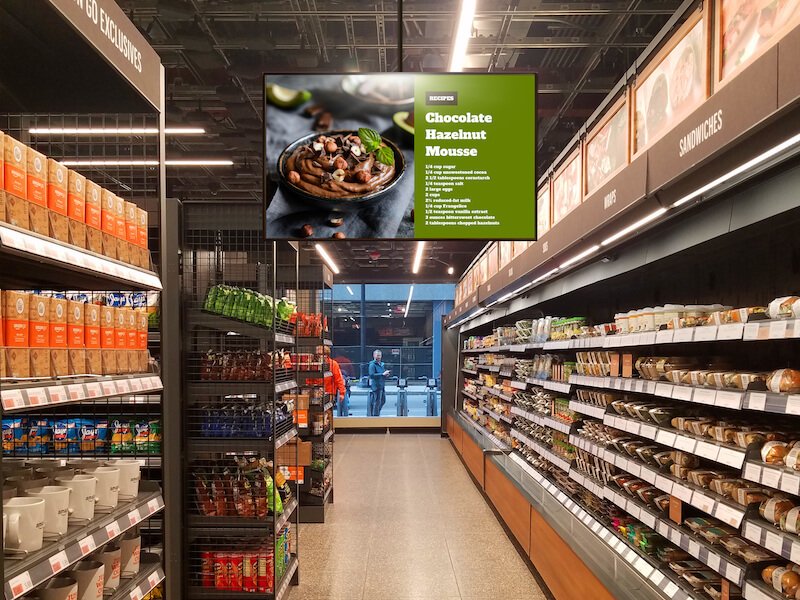DOOH: The perfect pairing to your Retail Media strategy
While you may think we’re using the hottest two buzzwords in ad tech to rank higher on search, the reality is there is a strong correlation between retail media, numero uno trend in advertising, and digital out-of-home (DOOH) screens amplifying the former's reach.
What is retail media and why is everyone so gung ho about it?
Retail media refers to advertising and marketing efforts that take place within retail environments, both physical stores and online platforms. It involves brands partnering with retailers to promote their products or services directly to consumers while they are shopping.
While retail media is commonly used by brands that directly sell products with retailers, it also encompasses non-endemic ads that do not directly relate to the products or services typically sold by the retailer. Instead, they may be from brands seeking to reach the retailer's audience for marketing purposes, due to similarity of characteristics between the retailer’s audience and the non-endemic brand’s target audience.
A research by McKinsey reveals that 87% of CPGs planned to increase their ad spend in retail media networks in 2024. 70% of these respondents state that this decision was driven by their ad performance in retail media in driving up product sales, which was shown to be significantly better as compared to other channels.
While retail media has existed since quite some time and was even growing at a steady pace (one forecast predicted its growth at around ~500m by 2028), it never came close in spend to digital advertising giants such as display, search, social and streaming TV. A fragmented, complex ecosystem with countless ecommerce sites, only a handful of which commanded high traffic, retail media and its ad budgets were mostly minuscule.
That is, until COVID-19 hadn’t entered the chat. With a global health crisis announced as the pandemic ravaged countries around the globe, toilet paper and paper towels weren’t the only retail items having a moment. The underdog of digital ad spend, retail media’s emergence from the shadows was one of the key highlights of the pandemic that few anticipated.
While the influence of the pandemic was significant in turning RMNs (retail media networks) into prime estate for advertising, it’s also important to note that the pandemic merely propelled into limelight an opportunity already awaiting exploration.
One key reason why ads served on retail media networks work so well is because they provide the shortest possible path from awareness to conversion.
Similarly, DOOH screens in-store or in the vicinity of a retailer’s location serve as the “last mile” advertising effort executed right before purchase. It is this strategic positioning of brand messaging delivered close to the buy decision that makes retail media ad buys incredibly relevant and effective. According to BCG, the retail media market will reach $100bn as early as 2026 in the US! By this measure, it will account for over 25% of the total digital ad spend!
VenuEx’s massive network of 800k+ DOOH screens, including 70k+ located in-store where the consumer is an arms reach and seconds away from a purchase decision, are well positioned to get your ads the largest number of impressions to a captive audience in the final stages of their customer journey. Through a mix of programmatic targeting and a large network of screens powered by the leading SSP players in the industry, including *insert partner names*, VenuEx delivers unparalleled scale in the retail media x DOOH space.
Venue-based DOOH for retail media - contextual on steroids
If you think an ad aligned with content it's served as part of is contextual superiority, think of layering that up in a physical environment that adds further context to your messaging. That's what venue-based DOOH essentially does for retail media (and other physical venues) - by displaying ads in relevant environments, advertisers can capitalize on the context to make their messages more impactful. L'Oréal leveraged DOOH screens in beauty stores and malls to offer virtual makeup try-on experiences. The interactive ad allowed consumers to select different makeup products from L'Oréal and virtually apply them to their faces in real-time using augmented reality. This innovative approach not only allowed consumers to experiment with different looks but also drove foot traffic to L'Oréal's retail locations and boosted product sales.
Whether your product is actually available inside a store or not, consumers in a retail setting are more receptive to brand messages. For products available within the store, the advantage is obvious – an immediate response to your message. For products/services unavailable in a particular retail location, non-endemic ads can still make use of a retail entity's invaluable first-party data along with amplifying a brand's reach and impact for a holisitic, omnichannel marketing strategy.




